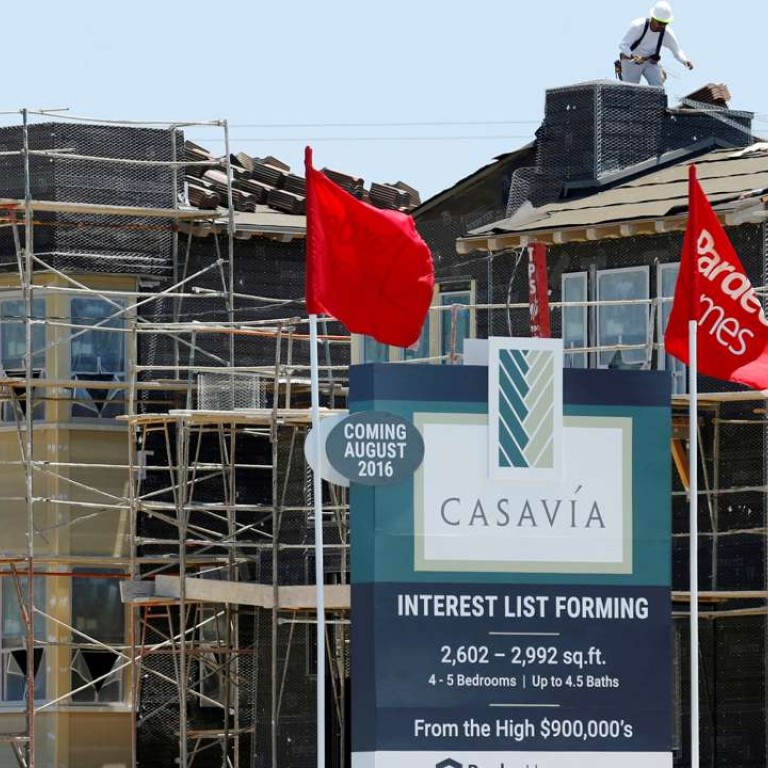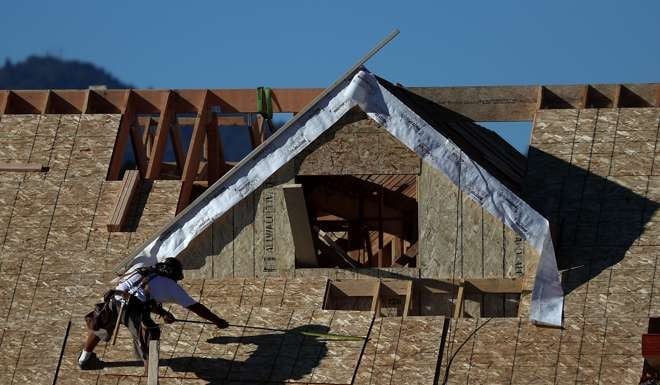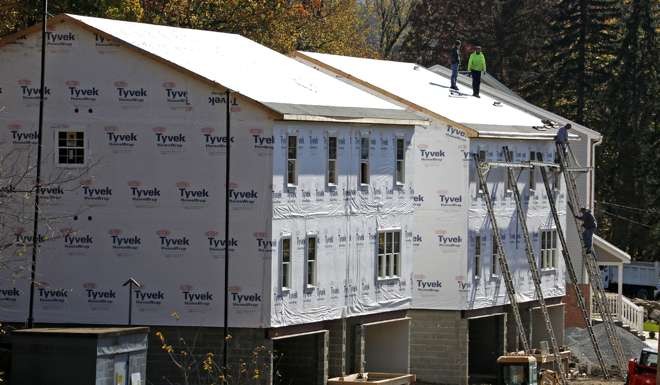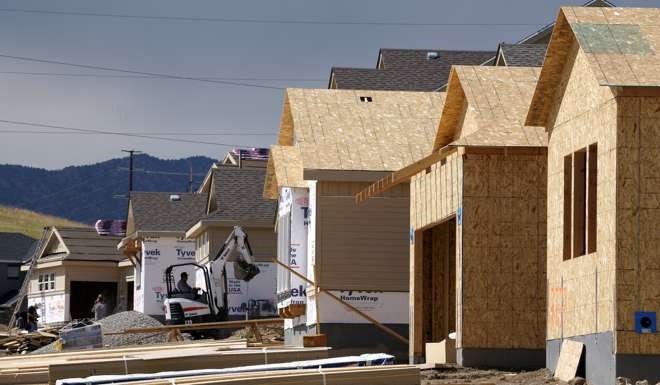
US home sales drop as supply slides to 17-year low
US home resales fell more than expected in December as the supply of houses on the market dropped to levels last seen in 1999, but the housing market recovery remained intact against the backdrop of a tightening labour market.
The National Association of Realtors said on Tuesday existing home sales decreased 2.8 per cent to a seasonally adjusted annual rate of 5.49 million units. In addition to the lack of properties to purchase, rising home prices and mortgage rates also likely sidelined some buyers last month.
The drop in sales followed three straight months of increases and probably does not signal impending housing weakness, with the labour market near full employment and the economy strengthening.
“The dip in housing sales is more a sign of the lack of homes to be bought than the desire to buy homes,” said Joel Naroff, chief economist at Naroff Economic Advisors in Holland, Pennsylvania. “It is hard to sell homes that are not for sale.”

November’s existing sales pace was revised up to 5.65 million units, which was the highest since February 2007, from the previously reported 5.61 million units.
Economists had forecast sales declining 1.1 per cent to a 5.52 million-unit pace in December. Sales increased 3.8 per cent to 5.45 million units in 2016, the highest since 2006 when the housing market peaked.
Last month, the number of homes on the market fell 10.8 per cent from November to 1.65 million units, the lowest level since December 1999.
Supply was down 6.3 per cent from a year ago and has now declined for 19 straight months on a year-on-year basis. The dearth of inventory amid rising household formation could put pressure on homebuilders to ramp up construction.

Homebuilding is currently running just above a 1.2 million-unit rate. The NAR estimates housing starts and completions should be in a 1.5 million to 1.6 million range to alleviate the chronic shortage.
The PHLX housing index rallied 2.80 per cent on expectations that the inventory squeeze would provide a boom for homebuilders, outperforming the broader stock market.
“Buyers are out touring in droves, ready to pounce on new listings that fit the bill,” said Nela Richardson, chief economist at Redfin in Washington. “The only thing missing is homes for sale to satisfy demand, because there just aren’t a lot of homes available to buy right now.”
Supply could remain a headache as builders continue to complain about a shortage of skilled workers and land.
With fewer homes available for sale, house prices continued to rise last month. The median house price increased 4.0 per cent from a year ago to US$232,200 in December.
At the same time, the fixed 30-year mortgage rate increased 43 basis points in December from November to an average of 4.20 per cent, according to data from mortgage finance firm Freddie Mac. That was the highest since April 2014.
Mortgage rates could rise further as the Federal Reserve has forecast three rate hikes this year. The US central bank raised its benchmark overnight interest rate in December by 25 basis points to a range of 0.50 per cent to 0.75 per cent.
While the Realtors group is forecasting existing home sales increasing one per cent this year to 5.52 million units, it expressed concerns over President Donald Trump’s suspension last Saturday of a plan by the Obama administration to cut mortgage insurance premiums on federally insured home loans.
The reduction in Federal Housing Administration (FHA) mortgage insurance premiums, announced in the final days of Barack Obama’s presidency and due to take effect on January 27, had been estimated by the government to save eligible homeowners an average of $500 a year.
According to NAR, about 750,000 to 850,000 home buyers would face higher costs, and 30,000 to 40,000 new home buyers would be sidelined without the reduction.

Last month, existing home sales fell in the Northeast, the West and the Midwest. They were unchanged in the South. At December’s sales pace, it would take 3.6 months to clear the stock of houses on the market, the fewest since January 2005.
That was down from 3.9 months in November. A six-month supply is viewed as a healthy balance between supply and demand.
With supply tightening, house prices notched their 58th consecutive month of year-on-year gains in December. House prices increased 5.2 per cent in 2016 to an average of $233,900.
Higher prices are increasing equity for homeowners and might encourage some to put their homes on the market. But combined with higher mortgage rates, they could make it increasingly difficult for first-time buyers to purchase homes.
First-time buyers accounted for 32 per cent of transactions last month, well below the 40 per cent share that economists and realtors say is needed for a robust housing market. They accounted for 32 per cent of transactions in 2016.

